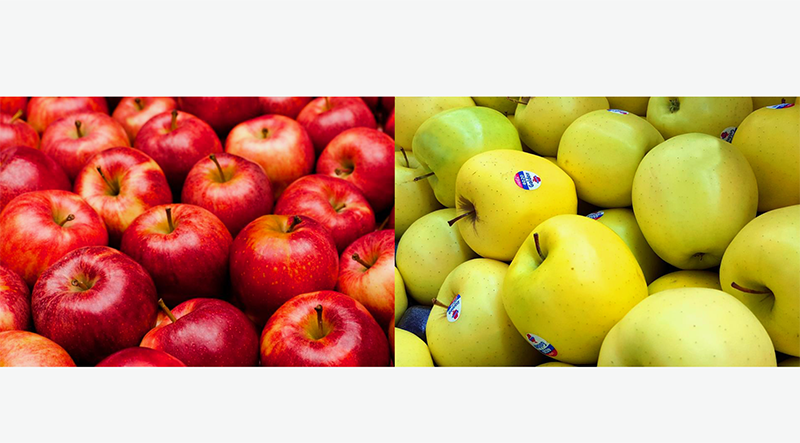The more we investigate and use archetypes, the more exciting are the archetypal variations and possibilities within categories that exist. And, the more that archetypes seem coherent, motivating, and compelling. There are corporate organizational archetypes, psychotherapeutic archetypes, and branding archetypes, and each archetypal category seems to have its own purpose, definition, and application. The way archetypes are defined and used in the contemporary perspective depends on postmodern theory, expertise, and by category. But the earliest articulations of archetypes originate with the ancient Greek philosopher Plato who hypothesized ideal forms or Ideas that existed in the universal mind and were the standards and perfect innate forms of which material forms in the regular world were imaged. The founder of contemporary archetypal theory and creator of the field of depth psychology is C.G. Jung who, between the 1920s and early 1960s, discovered, described, and used in clinical psychiatry and voluminous psychological writing the idea of attracting motifs, images, and structures within the psyche that he saw as a deeper form of archetypes. Jung and now classical post-Jungian psychologists (of which I am one) observe the presence of archetypes in consumers, patients, in culture, in brands and organizational structures, as well as in worldwide art, literature, film, and mythology. The Jungian archetypes include the shadow, the mother, the child, the hero, the trickster, the anima-animus, the wise old man or archetype of meaning, rebirth, and the path or journey. Most Jungian archetypes emerge in relationship to the path of individuation, which can be defined as a journey to make the unconscious elements conscious (often based upon compelling dreams, aspirations, fantasy, and experiences of synchronicity occurring in the outside world at the perfect moment of psychic awareness), thereby helping to seek and develop one’s inherent destiny and unique blend of individual talents. The path of individuation is different when experienced for individuals, corporations, and cultures. Post-Jungian practitioners continue to explore and hypothesize that archetypes—powerful emotional, spiritual, conceptual structures innate within the psyche and which are present or potentialized within each person and culture throughout time and location—are located in what is called the collective unconscious. This innateness and existence of archetypes emergent at key moments in a person or corporation’s existence from the vast unconscious worldwide collectivity is what make archetypes so powerful. To accept archetypal theory, one needs to at least acknowledge the idea of the collective unconscious as a dynamic, transpersonal psychic field underlying all consciousness and containing archetypes similar to the compelling nature of the instincts. The universality of the collective unconscious suggests that archetypes can be sourced and interact with others in the imagination and within genes, biology, and the body. Archetypes are like invisible containers of energy that then generate archetypal images, or primal images of recurrent motifs and resonating attraction, that shape and influence persons, cultures, and organizations who are open to their affect. Starting in the late 1980s and going strong throughout 2017 in academic management journals and corporate practices, archetypally oriented management consultants and business academicians have found archetypes to be an innovative, insightful way to understand, show, and conceptualize the core typologies underlying industry and organizational structures. We can explore management archetypes to demonstrate the interaction between the dual concepts of interpretative scheme and structural arrangement. Specifically, an interpretative scheme describes an organization’s conception of what it should be, what it should be doing, and how it should be evaluated, shaped by the prevailing set of the organization’s core ideas, beliefs, and values. The interpretative scheme then intersects with the company’s structural arrangement to implement and reinforce these ideas, beliefs, and values through establishing the functionality of structures and processes that reflect its emotional, aspirational, cultural beliefs and values. Thus, a strong interrelationship between interpretative scheme and the structural arrangement mutually reinforce the corporate archetype. There are three positions of coherence in archetypal formation of a corporation: Archetypal coherence: The interpretative scheme and structural arrangement match, reflect, and reinforce each other. When optimum, coherence is vibrant and unitary…or when it is reflecting transformation, it moves between one archetype and another archetype in a planned, creative, resonating way.Embryonic archetype coherence: Here, some elements are discordant or do not perfectly match. Such organizations may show the effects of archetypal change that is not planned and that may differ inharmoniously between global and organizations vs. organizations at the local level within individual countries. Some shift between outside practices vs. internal modalities.Schizoid, unresolved incoherence: Some organizations show the disturbing presence of two different and incompatible archetypes at the same time, with competing internal interpretative schemes and structural arrangements. Such issues show up as discordant external communications, a failed change process, employee stress, ambiguous reaction to new brands by consumers, decreasing share of market, or being trapped in advertising chaos between two or more competing archetypes. These problems make the company or brand feel ineffective with little traction by consumers. The schizoid corporation/brand may require a fundamental archetypal assessment and potential transformation through an archetypal development facilitated in special corporate teams leading to revisions of advertising positionings, policies, and structures. The use of archetypes along with research, creative team facilitation, and innovation can help a visionary corporation see and meet its branding, advertising, and new product goals successfully.







